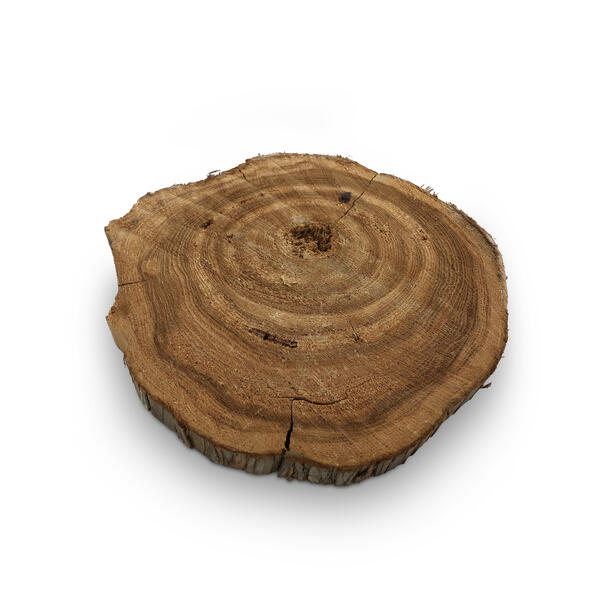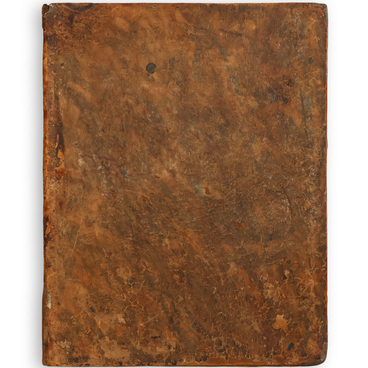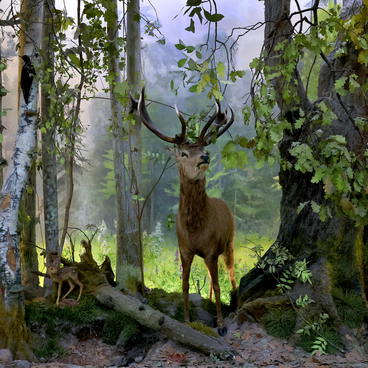The trunk cut of a red cedar entered the museum’s collection from the Department of Botany of the Kaliningrad State University in 1985. This species of gymnosperms was introduced to Europe from North America, from the west coast of the Pacific Ocean, in 1853.
Red cedars grow better in damp places and do not survive cold winters well. These trees appear to reach their largest size near the ocean. They are shade-tolerant and wind resistant, growing up to 60 meters in height with a trunk diameter of 2.5 meters. These cedars have a pyramidal crown, wide shoots with bright green and yellow tips. The life expectancy of the tree reaches 500 and sometimes 800 years.
Since ancient times, young shoots of this plant have been used in folk medicine to treat liver diseases and gallstone disease. Red cedar oil has also been widely used for medicinal purposes and for air aromatization.
A red cedar understorey nursery was established in the Kaliningrad region on the Curonian Spit, in the depth of the tourist route “Korolevsky Bor”. This unique place has been preserved since the times when various tree species introduced from various countries were tested for their root-taking. Not only have the red cedar trees taken root perfectly in the nursery, but they also produce germinating seeds, which birds spread throughout the region.
The understorey nursery was part of the Grenz forestry, the oldest in East Prussia. It was there that large-scale experiments were conducted to study various species of trees and shrubs to preserve nature on the Curonian Spit. Scientists tried to choose plants that, according to botanical descriptions, were able to survive in difficult conditions.
The
annual rings, visible on the cut of a red cedar tree, can be used to determine
the age of the tree. It is equal to the number of rings. The science of
dendrochronology deals with the study and analysis of annual rings. Two parts
are distinguishable in each ring. The inner one is loose, these are conductive
tissues, they develop more in the spring period. The thick and hard mechanical
tissue develops mainly in summer and fall.


